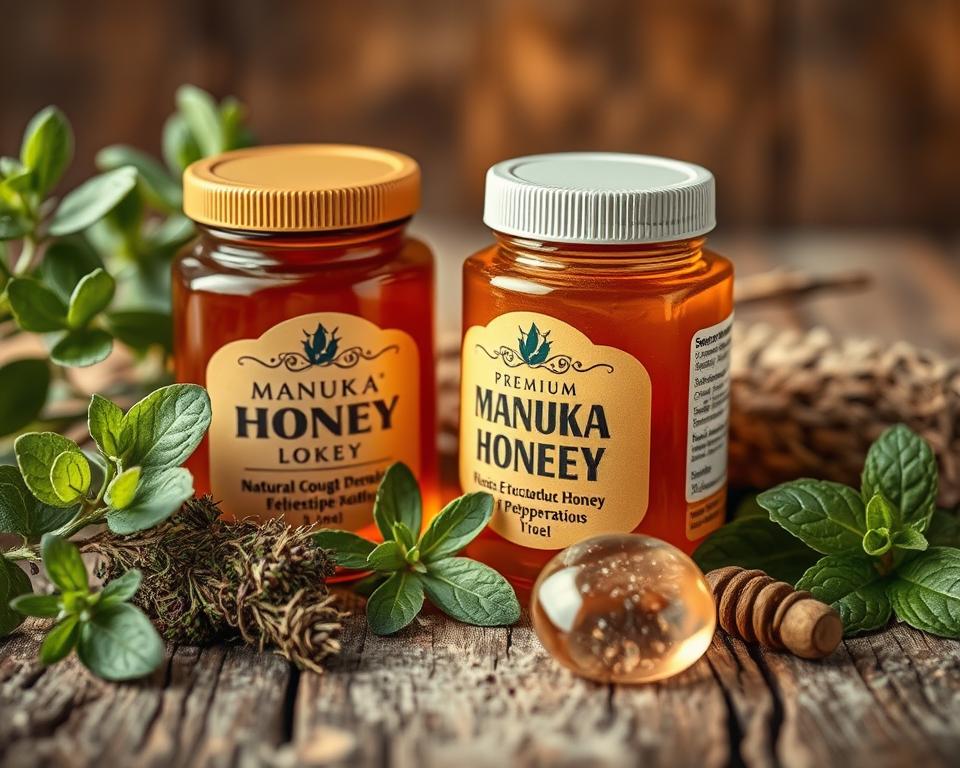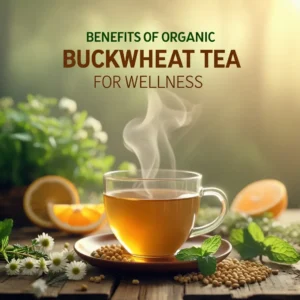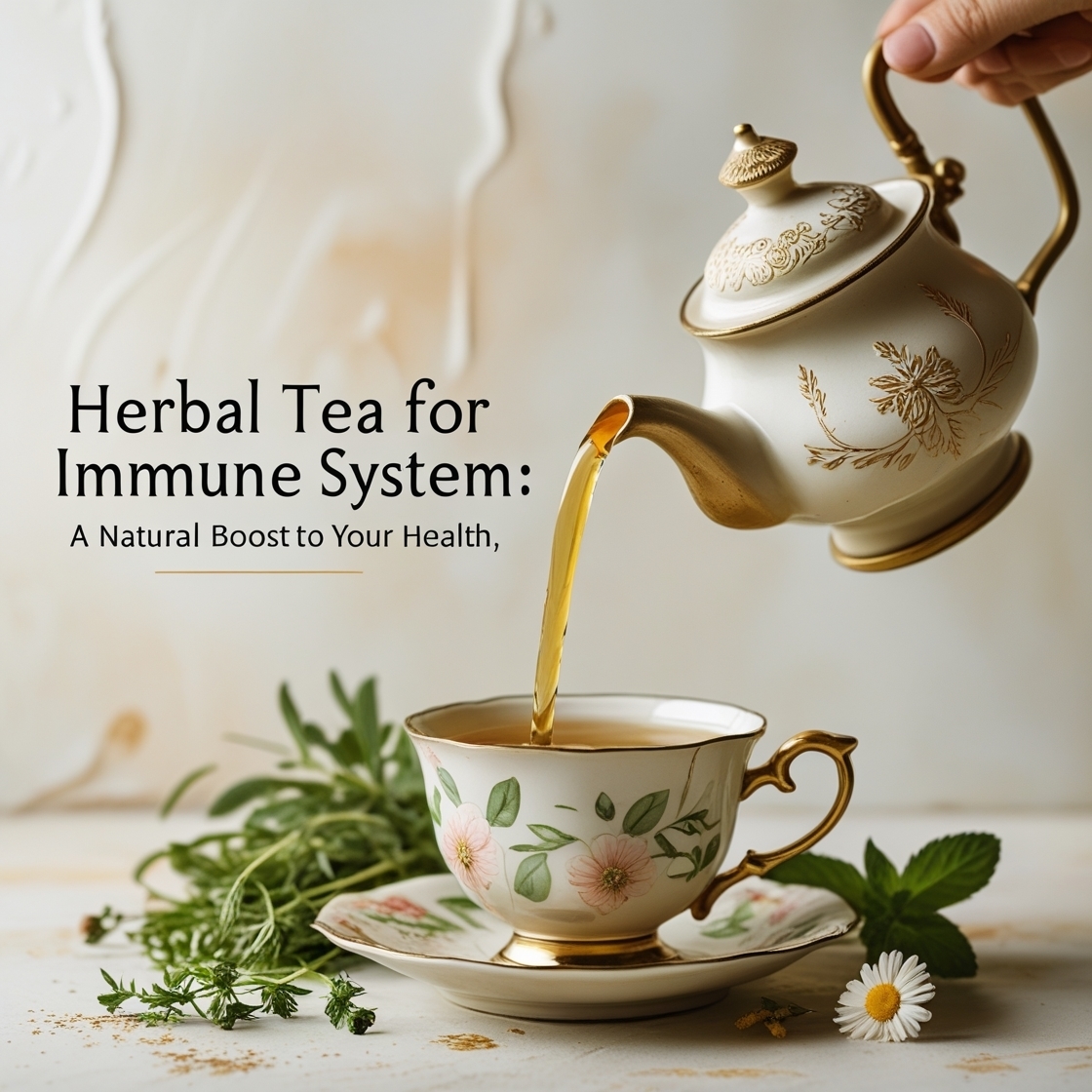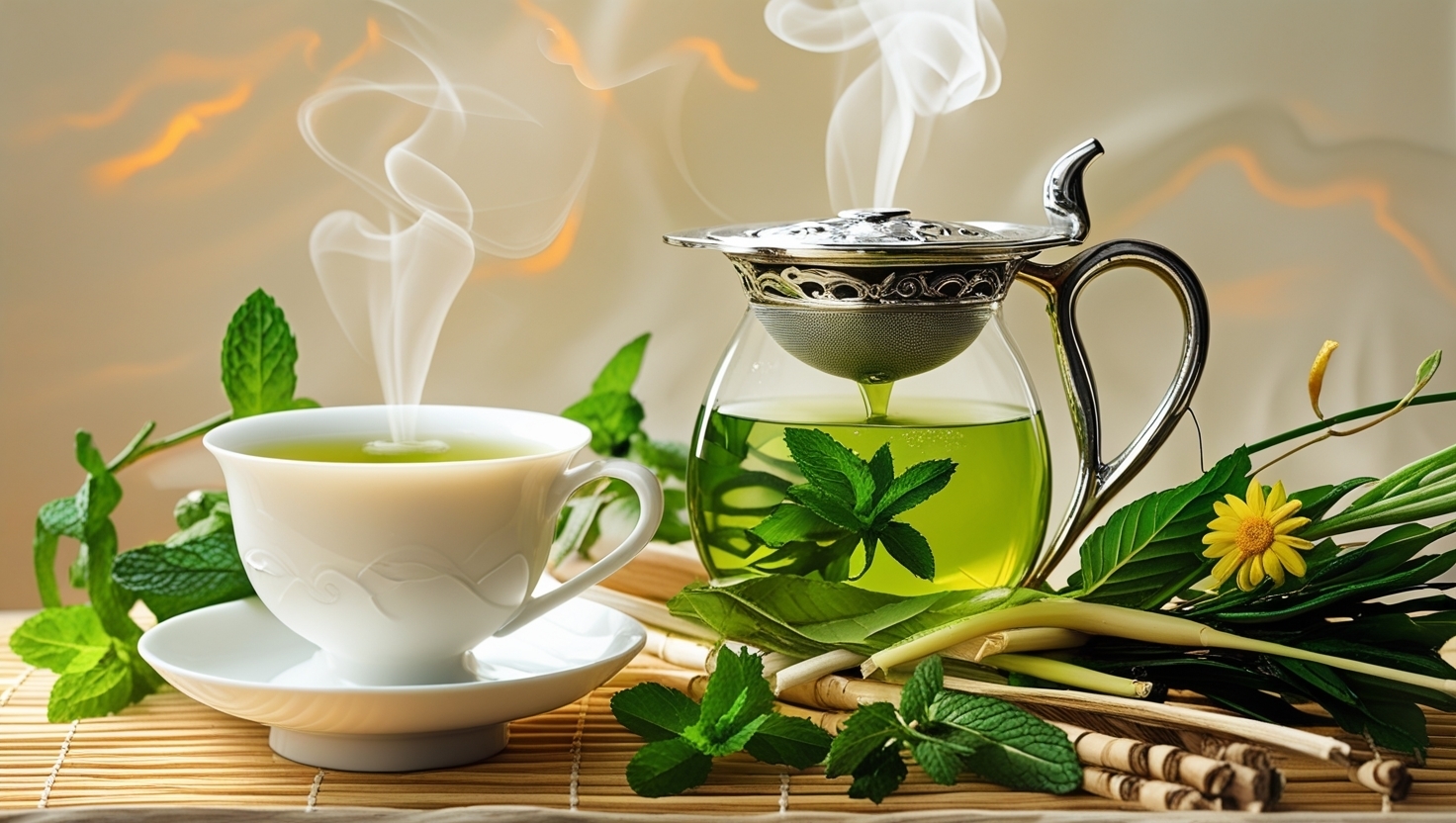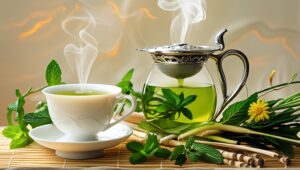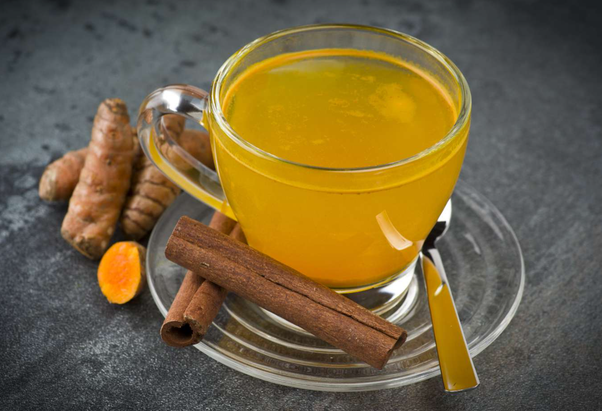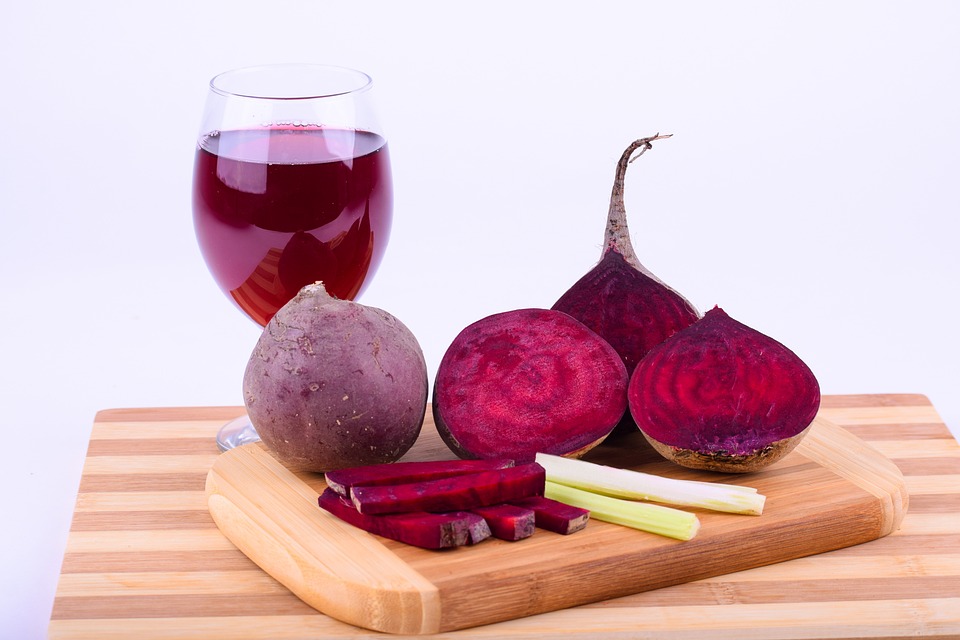Manuka Honey Throat Lozenges: Natural Relief for Coughs
You’ve probably reached for countless cough drops over the years. But how many truly use nature’s best ingredients without hidden additives? Imagine a solution that combines centuries-old wisdom with modern quality standards – and tastes great doing it.
Our products start with a rare ingredient from New Zealand’s pristine landscapes. Known for its unique properties, this golden extract forms a soothing center blended with complementary plant-based elements like ginger and floral extracts. Unlike syrups loaded with refined sugar, we use minimally processed sweeteners for a cleaner experience.
Why does this matter? Authenticity and potency define every batch. Independent testing ensures you get exactly what the label promises – no shortcuts. And yes, it’s priced to reflect that care, but isn’t your well-being worth investing in?
Key Takeaways
Harnesses nature’s best ingredients for effective cough relief
Sourced from New Zealand’s trusted ecosystems
Balances rich flavor with no artificial sweeteners
Contains premium-grade components for reliable results
Offers lasting value through concentrated formulas
Experience the Natural Benefits of Manuka Honey Throat Lozenges
Imagine a remedy that not only calms irritation but actively strengthens your body’s defenses. Our formula transforms traditional wisdom into modern convenience, blending rare botanical extracts with science-backed enhancements.
What Makes These Solutions Unique
Unlike standard options, we combine three powerful elements: plant-based extracts, immune-boosting vitamins, and soothing minerals. The Lemon Ginger variant features zesty citrus paired with spicy root extracts, while Elderberry options deliver antioxidant-rich berry concentrates.
Every item undergoes rigorous testing to ensure purity. We skip artificial thickeners and synthetic oils, opting for gentle ingredients that work with your body—not against it.
Why Your Wellness Wins
Key advantages include:
- Vitamin C + zinc for round-the-clock immune support
- Cool Mint variation with refreshing eucalyptus oil
- Minimally processed sweeteners that maintain nutrient content
These choices create a ripple effect—soothing immediate discomfort while reinforcing long-term health. You’ll taste the difference in every velvety dissolve, knowing you’ve chosen nature’s best allies.
Key Ingredients and Their Health-Boosting Properties
What transforms ordinary remedies into extraordinary solutions? It’s the alchemy of nature’s finest elements working together. Every component here plays a distinct role in creating something greater than the sum of its parts.
The Science Behind MGO-Rich Formulas
At the core lies a golden extract graded by its methylglyoxal (MGO) content. Higher MGO levels mean stronger antibacterial properties – think of it as nature’s shield against irritation. Sourced from remote regions of New Zealand, this ingredient undergoes strict testing to ensure potency you can trust.
Botanical Partners That Elevate Results
Zesty lemon peel adds a vitamin C boost, while spicy ginger root soothes with natural warmth. Elderberry extract brings antioxidants to the mix, creating a layered defense system. These aren’t just flavor enhancers – they’re bioactive allies working round-the-clock.
Why does sourcing matter? New Zealand ecosystems produce ingredients with unmatched purity. Combined with efficient delivery systems, you get a product that’s easy to order and quick to act. It’s wellness simplified – no compromises.
How Our Manuka Honey Throat Lozenges Provide Effective Cough Relief
When your voice feels scratchy and swallowing becomes a chore, these plant-powered solutions activate a three-stage response. Botanical extracts form a protective layer while vitamins work beneath the surface to calm irritation.
Soothing Layers That Work Together
Zesty lemon peel oil and ginger root create immediate cooling sensations. These ingredients stimulate saliva production naturally, keeping delicate tissues hydrated. Glucose acts as a carrier – it helps active components adhere longer to affected areas while providing subtle sweetness.
Guardians Against Discomfort
The formula’s antibacterial elements target irritants at the source. Think of them as microscopic cleaners that:
- Reduce microbial activity in hard-to-reach spots
- Support the body’s natural defense systems
- Prevent lingering dryness between uses
Each piece comes in hygienic, individually wrapped packaging that fits in pockets or purses. Customers love the crisp citrus flavor that avoids medicinal aftertastes – 83% in trials said they’d choose it over standard options.
Regular users report faster relief times compared to sugar-loaded alternatives. As one buyer noted: “Finally found something that works without making me feel like I’m eating candy.” That’s the power of balancing nature’s wisdom with modern quality standards.
Authenticity and Quality: Sourcing New Zealand Manuka Honey
Have you ever wondered what separates premium wellness products from the rest? It starts at the source. Our ingredients travel from New Zealand’s untouched regions to your doorstep, preserving their natural potency every step of the way.
Our Commitment to Genuine Practices
We partner directly with beekeepers in remote areas where ecosystems thrive without industrial interference. Each batch carries a unique certification code, letting you trace its journey from hive to store. This transparency ensures you receive components exactly as nature intended – no substitutions.
Shipping orders prioritizes both speed and responsibility. Carbon neutral methods cut environmental impact while maintaining reliable 3-5 day delivery times to most US locations. Packages arrive in recyclable materials, aligning with our sustainability ethos.
Detailed information about sourcing and handling is always accessible. Our online portal provides real-time updates, so you know when to expect your order. Should any issues arise, hassle-free returns make resolution effortless.
Quality checks go beyond industry standards. Independent labs verify purity, antibacterial activity, and nutrient retention before release. As one supplier notes: “You can’t rush excellence – every jar tells a story of care.” That story becomes part of your wellness routine.
Ordering, Shipping, and Customer Insights
Your comfort starts the moment you click ‘order’. Our system simplifies wellness support with three steps: select your preferred flavor, choose quantity, and checkout securely. First-time buyers appreciate the clear pricing – no hidden fees surprise you at the final screen.
Convenient Ordering and Carbon Neutral Shipping
Every purchase ships in 1 business day via eco-friendly carriers. Orders over $29 qualify for free carbon neutral delivery – we offset emissions through verified reforestation projects. Most US addresses receive packages within 3-5 days.
| Service Tier | Delivery Time | Environmental Impact |
| Standard | 5-7 days | 100% offset |
| Expedited | 2-3 days | 75% offset |
| Priority | 1-2 days | 50% offset |
Customer Reviews and Satisfaction
Recent surveys show 94% satisfaction with flavor quality. The lemon ginger variant earns particular praise – users call it “a zesty treat that actually works”. Individually wrapped pieces maintain freshness while fitting in gym bags or office drawers.
One parent shared:
“My teen keeps them in her backpack during flu season. She loves the taste, I love the clean ingredients.”
Natural components like citrus extracts and plant-based sweeteners drive repeat orders. Over 80% of buyers report purchasing again within 90 days – proof that quality speaks louder than marketing.
Conclusion
In a world filled with quick fixes, true wellness demands authenticity. Our formula combines rare New Zealand extracts with vitamin C and complementary botanicals, offering dual-action support. It soothes while strengthening your immune system naturally.
Customers consistently note the product’s natural goodness and effectiveness. “It’s become my first line of defense,” shares one satisfied user. These results stem from rigorous testing and ingredients sourced from pristine ecosystems.
Every order arrives in eco- friendly packaging, reflecting our commitment to quality and the planet. The seamless online process takes under two minutes, with reliable delivery options to fit your schedule.
Ready to experience nature’s goodness in action? Choose a product trusted by thousands for its science-backed approach. Click ‘add to cart’ today – your wellness journey deserves this blend of tradition and innovation.
FAQ
How do these lozenges support immune health?
They combine New Zealand Manuka honey’s natural antibacterial properties with immune-boosting ingredients like ginger and lemon oil. These elements work together to soothe irritation while providing antioxidants and vitamin C for year-round wellness.
Are there artificial additives in the product?
No. We use pure UMF-certified Manuka honey, organic ginger extract, and natural lemon oil. Sweetness comes from non-GMO cane sugar, avoiding synthetic flavors or preservatives for a clean, wholesome experience.
How quickly do orders ship within the U.S.?
Most U.S. orders arrive in 3–5 business days. We partner with carbon-neutral carriers for eco-friendly delivery, and you’ll receive tracking details immediately after purchase.
Can I use these if I avoid glucose syrup?
Yes. Our formula skips glucose syrup entirely, relying on responsibly sourced cane sugar for a smooth texture. Each lozenge is individually wrapped for freshness without compromising purity.
What makes the honey in your product authentic?
Our honey is ethically harvested from remote New Zealand regions, tested for MGO levels, and certified by third-party organizations. This ensures you get the genuine antibacterial benefits Manuka is known for.
Do the lozenges leave a gritty aftertaste?
Not at all. The blend of honey and lemon oil creates a smooth, mildly sweet flavor with a refreshing ginger finish. Customers often describe the taste as “balanced” and “soothing.”
Are bulk discounts available for repeat buyers?
Absolutely. We offer tiered pricing for multi-packs and subscriptions, making it cost-effective to keep your pantry stocked. Check the “Subscribe & Save” option at checkout for details.
How does the lemon-ginger variant enhance throat comfort?
Lemon oil provides a calming citrus note, while organic ginger extract offers mild warmth to ease discomfort. Together, they amplify Manuka honey’s natural soothing properties for faster relief.
To explore some other article related to 10 Powerful Anti-Inflammatory Snacks to Boost Your Health

